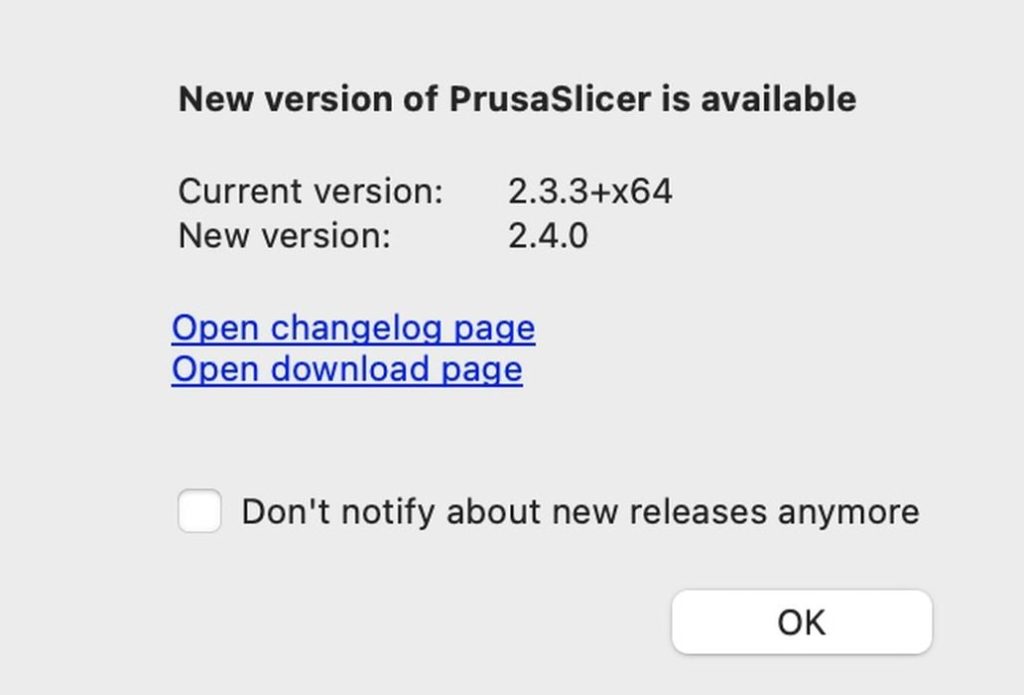

Filament: There are many different kinds of filament you can use on the 3D printer, ranging from PLA, to ABS, TPU to Nylon.Other 3D printers in the prototype lab have the option of a stronger filament than PLA or ABS, so it may be a better idea to print for strength on those rather than the Prusas. When using a higher infill, always double check to make sure it's a good idea for your part, and that you're using the right machine. If strength and mass is important, a higher density (between 30%-50%) is a good estimate. If your concern is cost, a lesser infill density is a good way to go. Most 3D prints are 15% infill since it is the most optimal choice for cost efficiency and durability. It is very unlikely you'll ever want a print to be 100% infill, because it takes an insane amount of filament and a lot of time to complete. Infill ranges anywhere from 0% (hollow) to 100% (solid). It can be multiple shapes and patterns (providing different strength optimizations), different sizes, and different thicknesses. Infill: Infill has to do with a 3D print's structural integrity.There is also a stepper motor in the extruder setup, pushing and pulling the filament whenever more or less is needed for the current print. These motors receive instructions from the gcode to move the certain axes at certain points to create your print. There's a motor for each axes, one for the x, y, and z. Stepper Motor: There are two main places where you'll find stepper motors on a 3D printer.
Download slicer prusa software#
You are able to turn the fan speeds up and down in the slicer software (if that is a provided feature), but you can manually configure it on the printer as well. The fans are put in place to strategically cool the plastic as soon as it comes out of the nozzle. If the plastic is super hot, we don't want it to move as soon as it is in place on the part we're making, otherwise our part will turn out warped or failed.




 0 kommentar(er)
0 kommentar(er)
